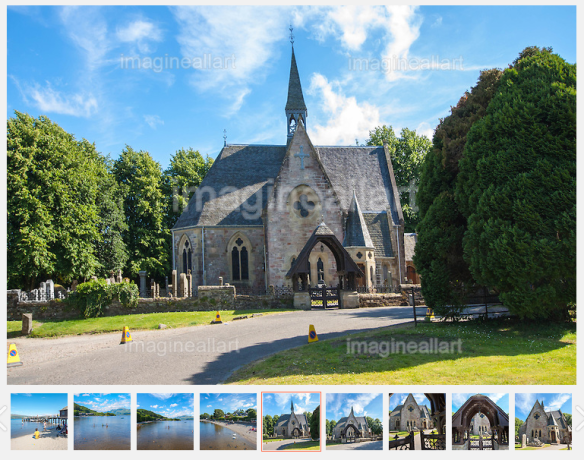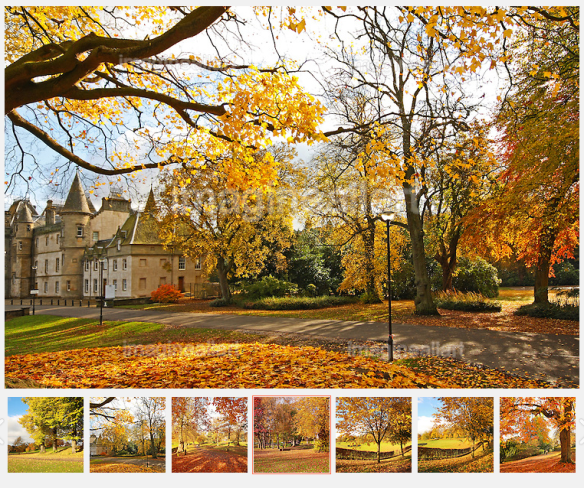Luss is a village in Argyll & Bute, Scotland, on the west bank of Loch Lomond. Historically in the County of Dunbarton, its original name is Clachan dubh, or ‘dark village’. Ben Lomond, the most southerly Munro, dominates the view north over the loch, and the Luss Hills rise to the west of the village.
Saint Kessog brought Christianity to Luss at some uncertain date in the ‘Dark Ages’. A number of early medieval and medieval monuments survive in the present churchyard, including simple cross-slabs which may date to as early as the 7th century AD, and a hogback grave-cover of the 11th century. A well-preserved late medieval effigy of abishop is preserved within the modern church.
The present Church of Scotland place of worship was built in 1875 bySir James Colquhoun, in memory of his father who had drowned in the loch in December 1873. The church is noted for its online services as well as for holding over one hundred weddings per year, most from outside the parish. Luss is the ancestral home of Clan Colquhoun.
Nowadays Luss is a conservation village, with a bypass carrying the busy A82 trunk road. Many of Luss’ cottages have been described as picturesque. The village has a kiltmaker and a bagpipe works. In recent years, Luss became famous as a result of being the main outdoor location for the Scottish Television drama series Take the High Road. Although the programme is no longer made, some in Luss remain proud of the connection: its fictional name, ‘Glendarroch,’ is used for some buildings.
About a mile south of the village, in a cove at Aldochlay, is a small figure on a stone plinth. A contemporary legendevolved that it is a memorial to a child drowned in the loch, but it was in fact erected in 1890 by a local stonemason, who found the statue in a London scrapyard. ‘Wee Peter’, as he is locally known, was moved to the site after a brief spell near the railway, and has remained there ever since.
The village hosts a water taxi service to Balloch, at the south of the loch, allowing visitors to transfer onwards to Glasgow by train or visit its shopping centre, Lomond Shores. Luss Pier is a popular starting point for boat trips on the loch.
The Loch Lomond Golf Club, which was for a number of years the site of the Barclays Scottish Open, is within the village’s borders.






